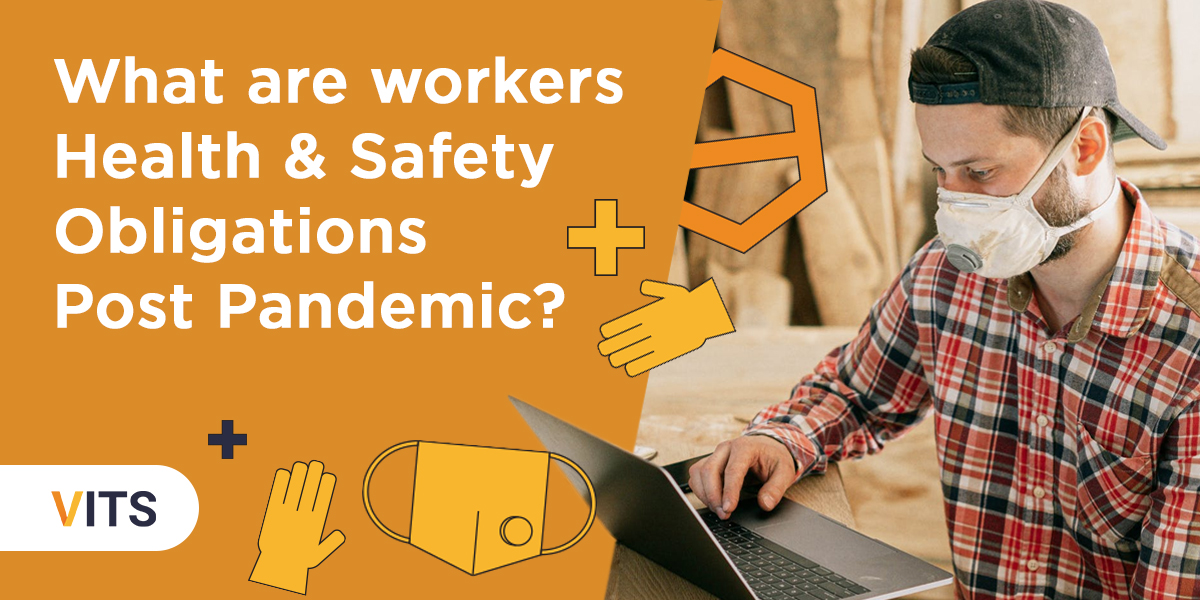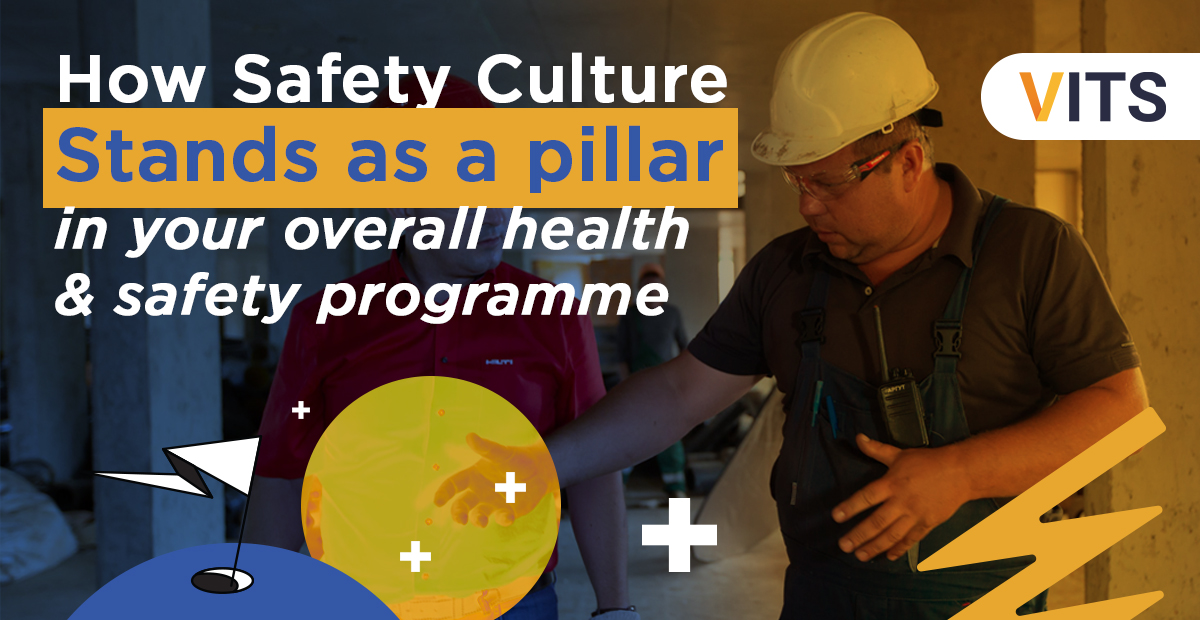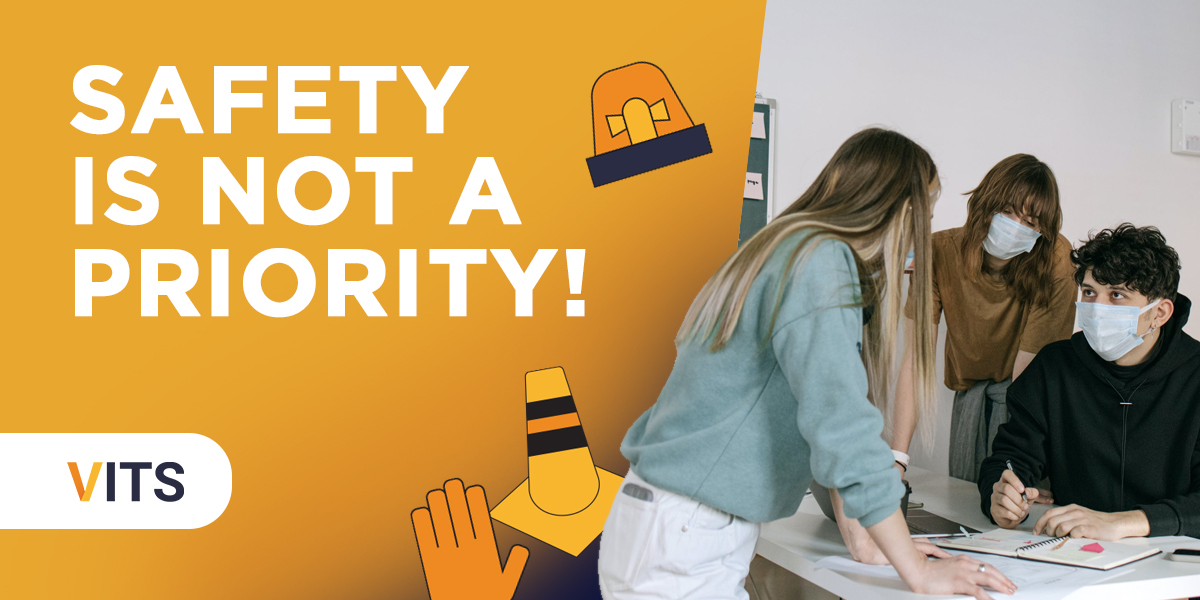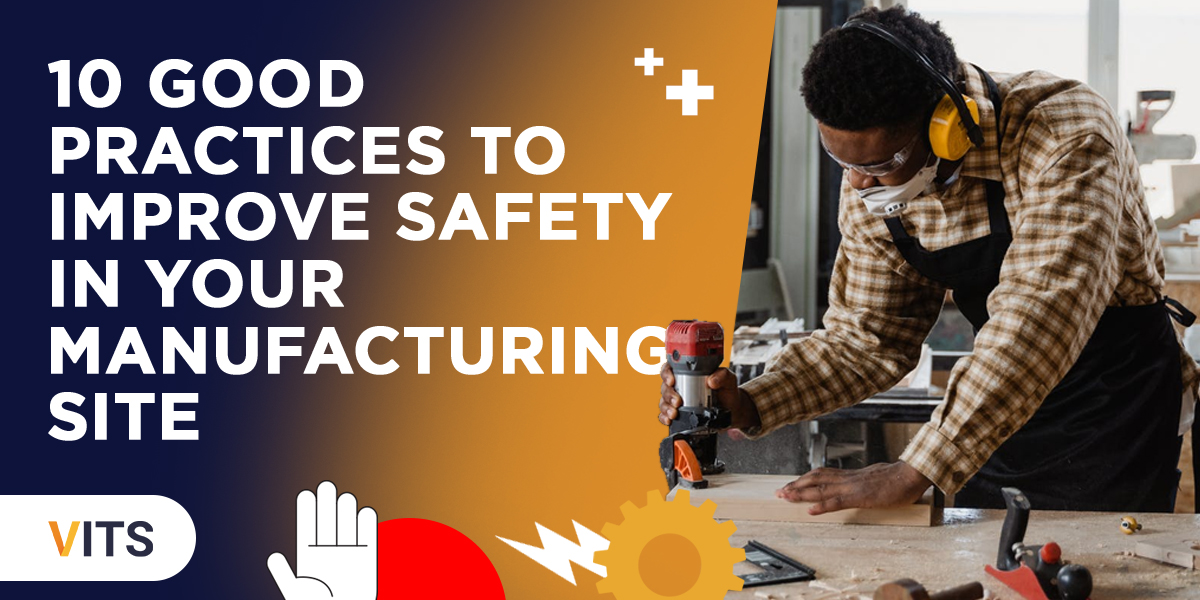What Are Employers' Health And Safety Obligations Post Pandemic?
Employers need to implement a proactive health and safety program at the workplace post-pandemic. This proactive safety program needs to implement preventative measures
Employers must implement preventative measures at workplaces to ensure a safe and healthy work environment for employees. Health and Safety guidelines need to include health and safety measures in the workplace that ensure employees are staying safe in the workplace post-pandemic.
The Health and Safety Executive and local government have the power to enforce laws dealing with workplace hazards. They can fine employers who don't comply, so it's not only the right thing for employers to do- it's their legal responsibility.
Workplace Guidance for a Covid Safe Workplace
An employer is accountable for the safety of its workers and others if they're put at risk by coronavirus spread through a workplace.
To keep your business moving forward, you need to be proactive about safety. A safety assessment can tell you how to protect your workers and your company.
While generic risk assessment might be appropriate for some industries, it's unlikely to address all of the hazards in your industry.
It's important to identify all the risks, including the unknowns. It doesn't do much good to know that there are risks if you can't identify them.
HSE assessment for a Covid Secure Workplace
As you develop your risk assessment, you need to consider the key requirements that are specific to your location. Different countries have different standards for public health, and they may differ from those of your home country. Managing risk involves taking preventative measures to ensure that the risk is reduced to the lowest level that is reasonably practical. This is where a risk assessment comes into play, however, it is just one of many tools that you should have as part of a company's health and safety program. The risk assessment helps to analyse the current situation, identify any current risks or hazards, identify potential risks and hazards that could present in the near future, and then assist in outlining a practical plan to mitigate the risks and eliminate the hazards.
Steps to Manage Coronavirus in the Workplace
The law requires you as an employer to ensure the safety of your staff and customers. You need to carry out a risk assessment, including the risk of COVID-19. If you identify risks, you must reduce them as much as possible.
Keep the following in mind when formulating an HSE assessment for a covid secure workplace:
-
Are there any particular situations or activities that would encourage COVID-19 to spread in the workplace?
-
Are there any particular people (contractors, visitors, permanent staff, etc) that are more likely to transmit the virus and be more susceptible than others? Employers should make sure they understand the additional risks of coronavirus (COVID-19) for people at risk.
-
Identify the likelihood of staff being exposed to the virus
-
Once the possible hazards and risks are identified the correct control measures need to be put into place
When you're doing your risk assessment, you must talk with your workers about how to reduce the risks they face. They can provide valuable information on reducing their own risks. When you’re assessing risk, it can be smart to talk with your workers about what they see in the field. They can provide valuable information that will help reduce risks in their own work environment.
It's important to track how well the systems you're putting in place are working. Make sure you’re staying on top of things. The right monitoring and supervision systems such as a specifically designed health and safety software will help you keep things running smoothly.
HSE Covid: Assessing and Controlling the Risks
You first have to identify all the different ways of reducing COVID-19 within your organisation. Then you put together a plan of action, with some simple controls to be implemented first.
A risk assessment should review the different ways that the virus can spread, and take precautions to reduce the risk of each possible way the virus can be transmitted.
An employer should have covid measures in place to create a covid safe workplace. Use the following as workplace guidance to reduce the risk of coronavirus in the workplace.
Coronavirus Advice for Employers
If you want to keep operating your business despite the current crisis, it is important to follow the HSE guidance on how to do it as safely as possible. You first have to identify all the different ways of reducing COVID-19 within your organisation. Then you put together a plan of action, with some simple controls to be implemented first.
This guidance also covers the following measures that employers should include in the health and safety program:
- Every enclosed workplace should have proper ventilation
- A workplace should undergo frequent cleaning and disinfection
- Workers must be reminded and encouraged to practice good hygiene- especially washing hands and using sanitiser
Top Safety Tips for Implementing Changes:
-
While keeping your employees safe is your responsibility, your valued employees are your best resource for information on how to do it. If you're an employer, it's your legal duty to consult with workers about health and safety issues. This means listening, asking questions, and keeping them up-to-date on how you will manage risks from COVID-19. Your employees are the people best-suited to tell you how best to keep them safe, so you must consult with them. This is vital not only for discussing and implementing changes but also for engaging with employees and encouraging them to be actively involved in the workplace safety program. This active involvement also creates a workplace safety culture that will go a long way in developing a sustainable workplace rooted in safety.
-
Be mindful of new changes and how they will impact existing policies. Analyse the effect that each change in a health and safety policy will render on existing health and safety rules.
-
Measures for managing risk are called safeguards because they help to guard a company against a specific risk. But remember, one safety measure alone will not be enough to safeguard your company and employees from COVID-19. Your risk assessment should identify a combination of safeguards so that together they help guard your workplace and keep your employees safe.
Addressing Employee Anxiety
Anxiety is a major mental health issue that affects millions of people around the globe. It is an invisible condition, and usually by the time physical symptoms show it has already rendered an effect on a person’s mental and emotional well being. A recent survey shows that anxiety has risen by at least 30% since before the pandemic. And as more and more people begin returning to work, this is likely to increase even more. While employers are not necessarily legally obliged to manage the anxiety levels of their workers, it can dramatically impact a worker’s productivity.
For most employees, it's not necessarily the risk of covid that causes the anxiety- it's that it can adjust their routine. Human beings generally feel safer with routine- and this is especially true when it comes to workers and their workplace routines. When the lockdown hit, most employees had to adjust to remote working. Now that businesses and commerce are reopening, employees have to readjust to working in a new environment again. Some may be concerned about leaving home and contracting covid, but for most, it's the readjustment period that creates most of the anxiety.
As an employee, how can you help to manage these factors affecting the mental health of your employees?
Health and hygiene have become synonymous with an attractive workplace. According to a study conducted by KPMG, 60% of surveyed workers will consider taking a lower paid job if the environment was healthier and more hygienic. Another survey found that the same percentage of people would not return to the workplace if they felt they would be at risk of contracting the virus. This goes to show that a robust health and safety program (with proper communication with employees) is paramount to a sustainable workplace that fosters productivity and encourages worker loyalty.
Top Tips for Making Employees feel Safe in the Workplace:
-
Communication is key
Make sure your employees are prepared for the demands of returning to the workplace.
Encourage open communication with employees and encourage them to let supervisors know what is important to them and what makes them feel safe in the workplace. By doing so, employers will help employees to feel safe in the workplace and go about their work and tasks with confidence.
Have some pre-shift meetings with your employees to talk about how they feel about returning to work.
-
Reintroduce Employees in Phases
If possible, it may be helpful to bring employees back in stages. This may offer time for social distancing to take place.
Consider making this approach part of a phased return to the workplace and allow your employees to gradually reintegrate into their normal work routines. This way, the transition will be less jarring and your employees will feel better prepared to return to work.
If possible, begin by bringing only those employees back who work in administrative, financial, and HR capacities; or those who work as technicians to restore essential network or system functionality. Provisions should be made for bringing back remaining employees as and when their presence will no longer represent a risk of exposure or infection.
An effective phased return plan is important to help employees transition back to the workplace. Some ways to assist in an effective return are psychological first aid, employee outreach, and employee support systems.
-
Consider making the office less corporate, and more ‘homely’
Aim to make people as comfortable as possible within their new working environment by introducing any homely features you have at the office. Offices feel more relaxed when everyone has a plant or picture they can identify with or have brought from home so this would be a good choice. There are also things you can do to set a calming atmosphere such as using lighting that does not flicker and using colours that give a sense of coordination and warmth. The office feel-at-home approach incorporates a set of features that aim to make your staff feel more at home and remind them of their experiences at home during work. This could be as simple as providing some plants or as complex as creating quiet areas within the open-plan layout.
-
Communicate the health regulations implemented
By letting your employees know exactly how the company is mitigating risks associated with the virus, employers can calm fears that employees may have. Employees need to know what measures are protecting them- it won’t help to have the measures in place without any communication or without employees being aware of them.
The Bottom Line
If a business or employer fails to carry out a risk assessment and put in place control measures, they may be guilty of health and safety violations and legal action could follow.
When it comes to COVID-19, many businesses fail to plan for the risk management measures they need to take. They end up paying too much in unnecessary expenses and often lose important information as they scramble to manage a health and safety program manually. This is where specially designed health and safety software can help to manage a Covid-safe workplace.
Although COVID-19 is a threat for businesses, it’s important to note that the risk can be managed. Businesses that take proper precautionary measures will largely be protected from the danger it poses, and continue to be a safe working environment long after the virus dies down.
A digital HSE system allows for fast and efficient communication between all relevant parties. In addition, it supports the development of an organizational culture that values safety, as well as provides insights into incidents within a specific work environment.
VITS is the key to a safe workplace post-pandemic. Our health and safety software provides optimal infrastructure for secure, powerful communication between all members of the organization, as well as integration with third-party equipment. When employees feel they are being taken care of in the workplace, they are more likely to be highly productive and effective members of the workforce.







